Royal Aeronautical Society Podcast
The Royal Aeronautical Society is the world’s only professional body dedicated to the entire aerospace community. Established in 1866 to further the art, science and engineering of aeronautics, the Society has been at the forefront of developments in aerospace ever since.
Episodes
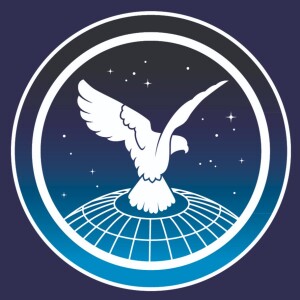
Tuesday Jan 22, 2019
Tuesday Jan 22, 2019
The story of the rapid expansions and retrenchments in our industry are explored by Ron Smith’s investigation into the six phases of the British industry after the Wright Brothers first flew in 1903.
Starting with the period of exciting experimentation before 1914, Dr Smith gives us a snapshot of the major firms that were part of the industry in 1910. He then moves onto the second stage, the rapid developments brought World War I and gives a flavour of the larger and more diverse companies that made aeroplanes during the period.
Smith goes onto discusses the deep retrenchment after 1918, a period where manufacturers had to diversify and compete for each requirement issued by Government, and which led to the first phase of rationalisation in 1928 and 1934-35. The fourth phase looks at the increase in production brought about the preparations and then fighting the Second Wold War.
Smith concludes by briefly looking at the industry up to the second period of rationalisation of the industry, with the formation of the British Aircraft Corporation & Hawker Siddeley, and then modern times with the establishment of British Aerospace and beyond. These last two sections of the lecture were bolstered by the question and answer sessions, which prompts questions and comments from those who worked and shaped post-war projects.
Dr Ron Smith gave the lecture to the Royal Aeronautical Society’s Historical Group on 2 February 2004. The podcast was edited by Mike Stanberry FRAeS and it was digitised thanks to a grant from the Royal Aeronautical Society Foundation.
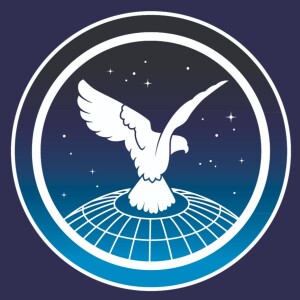
Tuesday Jan 22, 2019
Tuesday Jan 22, 2019
Saro’s Chief Designer in the era of flying boats and designer of the Saunders-Roe Princess talks about the projects that dominated his career.
Knowler started with Vickers and worked on the Vickers F.B.5 Gunbus during World War I. After spells with A. M. Low and English Electric, he moved to S. E. Saunders and worked on flying boats. In this podcast he briefly describes working on the Saunders A.3 Valkyrie and the Saunders-Roe A7 Severn, A.17 Cutty Sark, A.27 London, S.36 Lerwick, S.R.A/1 and the S.R.45 Princess, together with Saro’s work on the Short S.25 Sunderland and Short/Saro S.35 Shetland. Knowler also recounts his experiences of working with Sir A. V. Roe and Sir Frank Whittle.
These reminiscences were recorded in 1971, the podcast was edited by Mike Stanberry FRAeS and it was digitised thanks to a grant from the Royal Aeronautical Society Foundation.
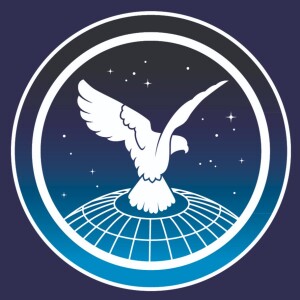
Wednesday Jan 09, 2019
Wednesday Jan 09, 2019
Terrestrial and oceanic ecosystems across the world are changing. There is a pressing need for data to deliver a functional understanding of the dynamic processes occurring in these ecosystems in a timely and cost-effective way.
Until recently, scientists have relied on data from satellite systems for monitoring such Earth system changes. However, these data suffer spatial and temporal resolution limitations in some systems, which can restrict their utility. Examples of such systems include:
- Coral reefs – while only representing approximately 1% of the earth’s surface, coral reefs are considered one of our most diverse ecosystems. Information that we can retrieve from satellites is severely limited by the level of detail they provide as reef features of interest are often very small (<1/2m2).
- Dryland systems – these cover around 40% of the global land surface and are characterised by sparse shrubs, grasses and small trees, and despite their low biomass, may hold the key to understanding how the global carbon cycle changes from year-to-year. Here, the satellite signal is severely affected by soil-background effects, which in coarse-grained pixels can mask the year-to-year changes in vegetation productivity.
We need fine-scale spatial observations that can elucidate these dynamic processes and inform improved estimation of global-scale impacts and feedbacks from satellite data. Enter, the drone.
Whilst it is tempting to imagine that consumer drones, costing just a few hundred pounds, might be the mainstay of hobbyist model aircraft flyers, this lecture will encourage you to think again. Consumer grade drones are actually very widely used by scientists, who have adopted and adapted this technology to provide new data for monitoring environmental change. Our seminar will showcase the latest research, showing how cutting edge drone methods are changing the way we understand coral reef and dryland ecosystems.
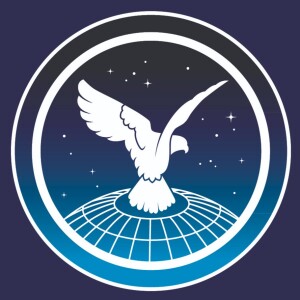
Tuesday Dec 11, 2018
Tuesday Dec 11, 2018
This annual Aerospace Medicine Group lecture will be presented by Dr Geoff Tothill, Chief Medical Officer at the International Medical Group.
The transportation of patients by air has a history that is almost as long as aviation itself, early pioneers no doubt attracted to both the promise of better outcomes for their patients and the romance of flight. Since then, the techniques that we use and the services available have become more sophisticated, developing in parallel with technical advances in both medicine and aviation.
Indeed, many patients, both civilian and military, are now transferred by air as part of their treatment pathway. The decision-making surrounding transfer, as important as the technical skills demonstrated during the transfer itself, have themselves evolved, responding to social, economic and political imperatives as well as taking advantage of the increasing availability of sophisticated medical support systems aboard aircraft.
Dr Tothill will explore the current state of aeromedical retrieval and some of the influences, past and present, that have shaped our current practice in what will be a celebration of the work that is done around the world, every day, to keep patients safe in the air.
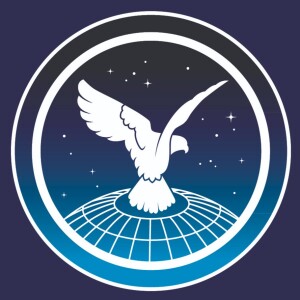
Tuesday Dec 04, 2018
Tuesday Dec 04, 2018
The then Chief Pilot at the Shuttleworth Collection, Andy Sephton, gives us the pilots view of the rotary engine powered aircraft that fly out of Old Warden, together with insights into flying the Shuttleworth’s Blériot XI and Westland Lysander. The lecture concludes with a wide-ranging question and answer session.
This lecture was delivered to the Royal Aeronautical Society’s Historical Group on 12 October 2004. The podcast was edited by Mike Stanberry FRAeS and it was digitised thanks to a grant from the Royal Aeronautical Society Foundation.
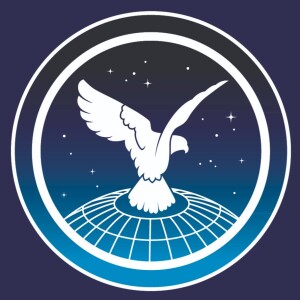
Tuesday Dec 04, 2018
Tuesday Dec 04, 2018
The technology behind sighting weaponry on aircraft developed throughout the twentieth century. Starting from Sir Howard Grubb’s 1901 patent and the rapid progress made on the use of weaponry on aircraft during World War, Christopher Bartlett, then Chief Engineer of the Mission Avionics Division of GEC Marconi, explains how the technology behind weapon aiming evolved into the digital age and beyond.
This lecture was delivered to the Royal Aeronautical Society’s Historical Group on 19 February 1998. The podcast was edited by Mike Stanberry FRAeS and it was digitised thanks to a grant from the Royal Aeronautical Society Foundation.
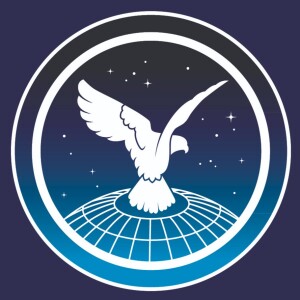
Tuesday Dec 04, 2018
Tuesday Dec 04, 2018
“Aircraft must be simple, robust, and easy to maintain….. this does not mean that aircraft have to be slow. If high speed makes them more economical to operate, so much the better”. In this lecture, delivered before 800 of Britain’s aeronautical elite, HRH the Duke of Edinburgh shows how aviation played a vital and integral part in the lives of those who reside in remote areas of the Commonwealth, through uses such as agriculture, pest control, surveying and shipping freight and challenges his audience to work with these markets to produce aircraft that were flexible or specifically designed for the customer’s demands. This podcast includes Sir Sydney Camm’s reply to the lecture.
HRH the Duke of Edinburgh gave the Royal Aeronautical Society’s 10th British Commonwealth and Empire Lecture on 16 December 1954. The podcast was edited by Mike Stanberry FRAeS and it was digitised thanks to a grant from the Royal Aeronautical Society Foundation.
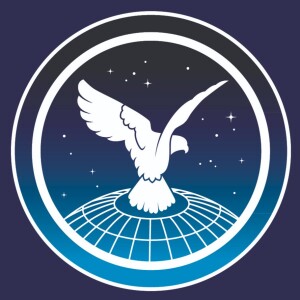
Thursday Nov 29, 2018
Thursday Nov 29, 2018
Dr James Bosbotinis will consider the evolving Russian air threat to the United Kingdom and its implications.
Russia’s interest, including thinking on conventional strategic deterrence and de-escalation, and investment in developing a long-range strike capability within the context of its wider military modernisation efforts, will be discussed. Russia’s growing arsenal of air, ship and submarine-launched cruise missiles, alongside a nascent ground-launched cruise missile and air-launched ballistic missile capability, poses a significant multi-axis threat to the United Kingdom.
Dr Bosbotinis will discuss potential options to counter this threat, including possible operational approaches, capability requirements, and the implications for wider military strategy.
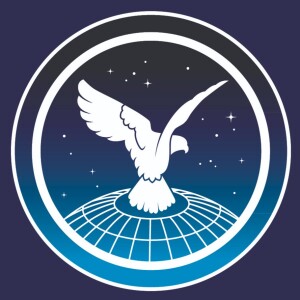
Monday Nov 12, 2018
Monday Nov 12, 2018
Between 1946 and 1992, Strategic Air Command (SAC) maintained a highly visible operational presence in the United Kingdom, including a nuclear capable bomber force, air refuelling assets, and strategic reconnaissance platforms.
Despite claims to the contrary, SAC did not have a 'free hand' in treating England as its private 'aircraft carrier', and was instead routinely constrained to comport with British policy goals. This symbiotic relationship generally served the interests of both sides while meeting Western national security requirements throughout the Cold War.
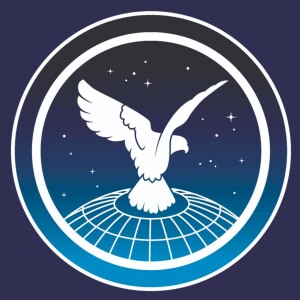
Thursday Oct 25, 2018
Thursday Oct 25, 2018
The interwar period revolutionised all aspects of aeronautics in the UK. In his lecture to the Farnborough Air Sciences Trust Association, historian Peter Reese brings out some of the stories and characters that shaped the period.
In this lecture he describes the excitement of Alcock and Brown’s non-stop flight across the Atlantic, the Smith brothers’ flight to Australia and Alan Cobham travelling circus that bringing aviation to the British people and the mushrooming air transport industry. He then explores Britain’s triumphs in the he Schneider Trophy contests and how that technology prepared for the emergence of powerful fighter aircraft; with war clouds gathering strategic restructuring takes place and new leaders emerge to meet the German challenge.
This guest podcast is from the Farnborough Air Sciences Trust Association. More information about the lectures organised by FASTA, together with Farnborough Air Sciences Trust Museum can be found at https://www.airsciences.org.uk. It was recorded and edited by Paul Collins.





